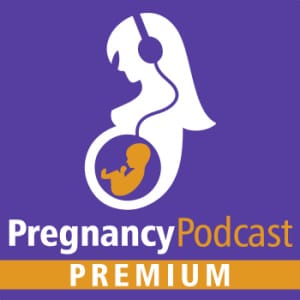Overview
One of the first things you do when you find out you are pregnant is to determine your due date. This date rules everything about your pregnancy, from your prenatal care to the timing of your baby shower. This is also the most common question from friends, family, and strangers. As you get close to your due date, there can be a lot of anxiety, especially if your due date comes and goes and you are still pregnant. This date estimates when your baby will arrive, it is not an exact science. It is certainly not a deadline. The calculation we use today is hundreds of years old, and the evidence doesn’t 100% agree with the calculation. This episode examines how to calculate your due date, the accuracy of these calculations, and what this means for your pregnancy.

